Is it possible to straighten even the most challenging adult smiles with clear aligners? Or are traditional braces the only answer for complex orthodontic needs? If you’ve thought your dental issues were too tough for Invisalign, get ready for the facts.
What You'll Learn About Invisalign for Adults with Complex Cases
How Invisalign addresses complex orthodontic cases in adults
Comparison between Invisalign and traditional braces for complex cases
Limitations and expectations for Invisalign treatment in adults
Expert opinions and real patient experiences

Introducing the Challenge: Can Invisalign Really Help with Complex Cases?
Adults seeking solutions for crooked teeth and bite issues often ask: Is Invisalign effective for adult patients with complex cases? This is not just a matter of aesthetics—it’s about improving oral function, confidence, and long-term oral health. Traditional braces have long been seen as the default solution for difficult instances, but technological advances are rewriting the playbook.
We'll address the most pressing questions: What exactly defines a complex orthodontic case in adults? How does Invisalign measure up to traditional braces for such cases? Where does Invisalign shine—and where does it have limits? Keep reading as we dig deep, provide data, and share expert perspectives so you can make an informed decision about your orthodontic care.
The Question: Is Invisalign Effective for Adult Patients with Complex Cases?
"Many adults believe their orthodontic issues are too advanced for anything but traditional braces, but ongoing developments in clear aligners may surprise you."
This article investigates whether Invisalign can truly provide effective outcomes for adults with severe misalignments, bite problems, or other difficult dental issues. We’ll separate fact from myth, draw on recent advancements in clear aligner technology, and highlight what every adult patient should know before starting treatment.
Understanding Complex Orthodontic Cases in Adults
What Makes an Orthodontic Case 'Complex'?
Not all orthodontic challenges are the same. A complex case typically involves more than mild crowding or simple alignment corrections. Adults often present concerns such as significant bite issues, severe crowding, misalignments due to missing teeth, and unique jaw discrepancies. These cases might stem from untreated childhood dental concerns, shifting teeth over time, injuries, or congenital anomalies that complicate tooth movement.
Addressing complex orthodontic cases requires advanced treatment planning, precise tooth movement, and, in many cases, sophisticated appliances or attachments. Understanding whether Invisalign can handle such demands is essential for adult patients who desire a discreet, modern alternative to traditional methods. The severity and nature of the dental issue play a pivotal role in choosing the appropriate treatment option.
Types of Complex Orthodontic Cases Common in Adults
Severe crowding and spacing
Bite issues: Overbite, underbite, crossbite, open bite
Misalignment due to missing or shifted teeth
Jaw discrepancies
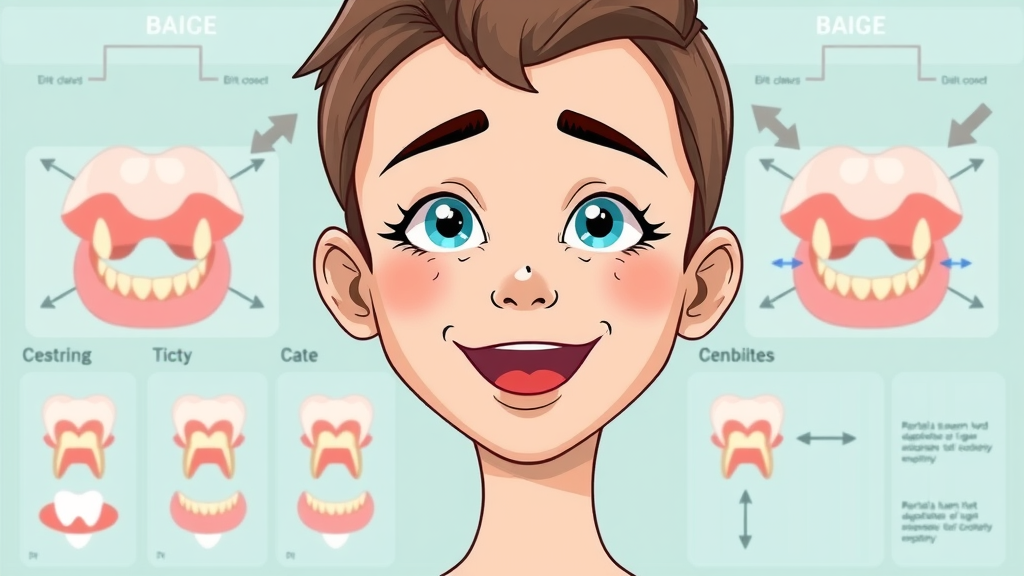
How Does Invisalign Work for Complex Cases?
The Invisalign Treatment Process for Complex Orthodontic Cases
Invisalign leverages custom-designed, removable clear aligners to move teeth through precisely mapped stages. For a complex orthodontic case, the treatment process begins with a 3D scan of your teeth, allowing for a virtual simulation of every step from start to finish. Each set of aligners gradually applies gentle pressure to achieve planned tooth movement, targeting even the most challenging misalignments.
Unlike traditional braces—which use brackets and wires to shift teeth—Invisalign’s technology relies on progressive series of aligners, changed out approximately every two weeks. For adults with significant bite issues, attachments or auxiliaries (tiny tooth-colored bumps) may be strategically placed to help with rotation, extrusion, or the correction of complex movements. Throughout this journey, your orthodontist’s regular oversight is crucial in ensuring the treatment plan stays on course.

Advanced Technology: Custom Treatment Plans and Attachments
What sets Invisalign apart is its reliance on advanced digital treatment planning. Before physical treatment begins, your orthodontist crafts a highly detailed virtual roadmap tailored to your bite, spacing, crowding, or jaw discrepancies. For severe cases, small SmartForce® attachments are added to specific teeth to facilitate intricate movements—tasks that were, for years, considered impossible for clear aligners.
These digital advancements don’t just enhance accuracy; they also help predict obstacles and allow rapid adjustments should tooth movement not progress as planned. Such customization is essential for adult patients with unique oral histories and complex needs, providing both realistic expectations and unprecedented control.
Predictability and Monitoring in Complex Cases
For patients with complex orthodontic cases, predictable outcomes are a must. Invisalign incorporates powerful digital monitoring tools—such as remote check-ins, progress scans, and AI-driven assessments—to ensure your teeth are tracking according to the original treatment plan. When mismatches occur, rapid intervention is possible, whether it means refining trays, adding attachments, or switching strategies.
Consistent, detailed monitoring sets Invisalign apart for complex cases, empowering both patient and provider to address challenges as soon as they arise. This type of oversight strengthens the case for clear aligners as an effective solution, provided the patient meticulously follows guidelines and attends all scheduled appointments.
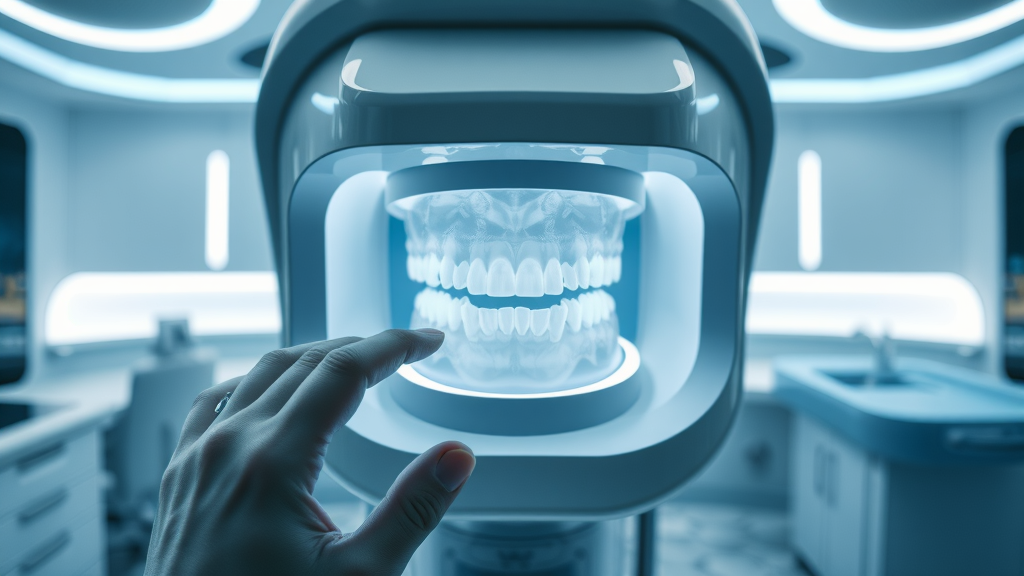
Comparing Invisalign and Traditional Braces for Adult Complex Cases
Effectiveness: Invisalign vs. Traditional Braces in Addressing Complex Orthodontic Case
Both Invisalign and traditional metal braces are designed to correct misaligned teeth and bite issues, but how do they stack up for adult patients with complex needs? Traditional braces, with their metal brackets and wires, have a track record of handling the toughest cases thanks to their direct mechanical control over each tooth. However, Invisalign has rapidly closed the gap as improvements in aligner materials, attachments, and software have made increasingly difficult cases treatable with clear aligners.
That said, there are still scenarios—such as extreme jaw discrepancies, severe rotations, or the need for dental surgery—where metal braces may offer better results or shorter treatment time. The latest research and clinical experience show that for many complex orthodontic cases, Invisalign can be just as effective—if patients adhere closely to wearing the aligners and the orthodontist’s instructions.
Comparison Table: Invisalign vs. Traditional Braces vs. Clear Aligners in Complex Orthodontic Cases |
||||
Treatment Option |
Suited Complexity |
Treatment Time |
Aesthetics |
Maintenance |
|---|---|---|---|---|
Invisalign |
Mild to severe (except most extreme cases) |
12–36 months (case-dependent) |
Nearly invisible |
Removable, easy cleaning |
Traditional Braces |
All levels; especially severe/surgical cases |
18–36 months (can be less for complex) |
Visible (metal or ceramic) |
Requires special tools, non-removable |
Other Clear Aligners |
Mild to moderate |
Varies—typically 6–18 months |
Invisible |
Removable, easy cleaning |
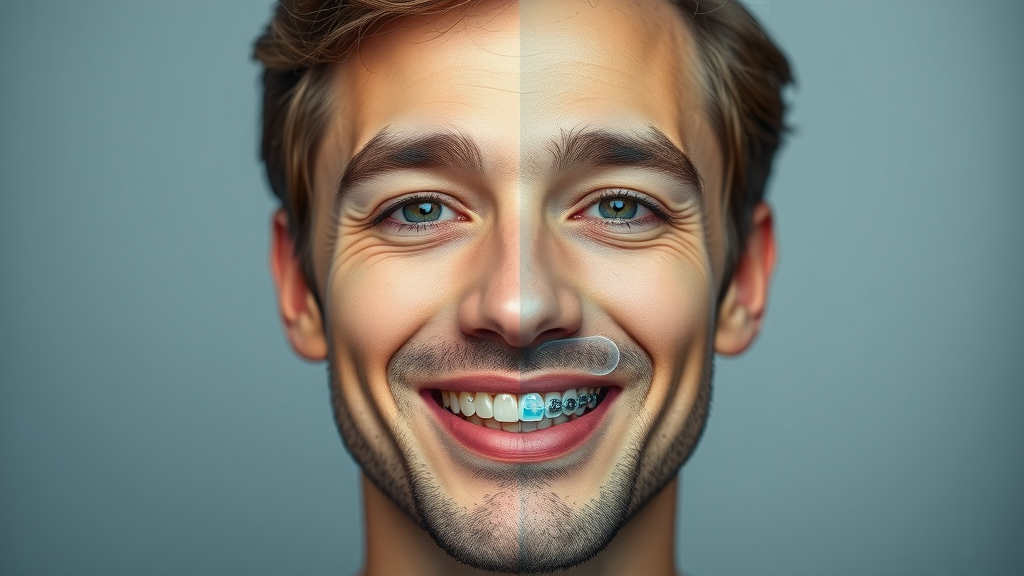
Which Treatment Option is Right for Your Complex Case?
Ultimately, the best choice depends on the specifics of your dental issue, your priorities, and your orthodontist’s expertise. For adult patients who value aesthetics, removability, and convenience, Invisalign offers a compelling alternative to traditional orthodontic treatment—so long as the case doesn’t demand extensive surgical correction or the utmost in mechanical force. In other words, Invisalign is appropriate for complex, but not the most extreme, orthodontic issues.
A comprehensive dental examination and discussion with an experienced orthodontist familiar with both technologies is essential for adult patients seeking the best outcome. Remember, compliance, oral hygiene, and follow-through are keys to success for either option in complex cases.
Key Factors Influencing Invisalign Effectiveness in Adults
Compliance, Oral Hygiene, and Treatment Plan Adherence
For Invisalign to treat complex cases effectively, the patient’s cooperation is critical. Aligners must be worn 20–22 hours a day—removing them only for eating and brushing. Inconsistent wear, missed appointments, or poor oral hygiene can significantly undermine results, even when a robust treatment plan is in place.
Adult patients must maintain diligent hygiene routines to prevent gum disease and cavities, which could derail or prolong the orthodontic process. Compliance can be challenging, especially for long, involved cases, but success hinges on following the detailed protocol designed by your orthodontist.
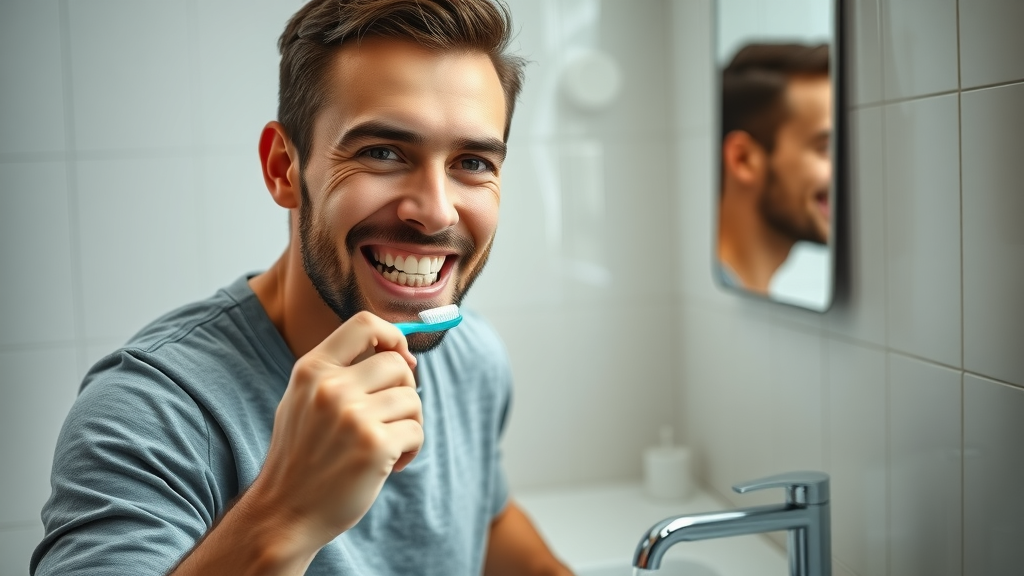
Role of Clear Aligner Advancements in Treating Bite Issues and Severe Cases
Improvements in clear aligner materials, force application, and virtual modeling have unlocked the ability to treat moderate to severe bite issues with Invisalign. New attachments, elastics, and auxiliary tools allow for correction of issues like deep overbites, moderate jaw alignment challenges, and rotated teeth previously outside the scope of clear aligners.
Many adult patients once told they were only candidates for traditional braces now enjoy discreet treatment with comparable effectiveness, thanks to these technological leaps. Collaborating with a skilled provider trained in advanced Invisalign protocols is crucial to achieving the best outcome for a complex orthodontic case.
Potential Limitations of Invisalign Treatment for Complex Orthodontic Cases
Despite major progress, Invisalign cannot treat every complex problem. Certain severe jaw discrepancies, teeth requiring significant vertical movement, and cases needing oral surgery still necessitate traditional braces or combined treatment. Teeth that are impacted, heavily rotated, or need bodily movement (instead of tipping) are sometimes better addressed with metal brackets and wires.
Additionally, patients who struggle with compliance—taking aligners out too often or not following their provider’s advice—may not see the desired results and could require refinements or even a switch to traditional appliances.
Expert Insights: Success Stories and Cautions for Invisalign in Complex Adult Cases
"While not every complex orthodontic case is suitable for Invisalign, advancements allow us to treat far more challenging cases than just a few years ago. – Dr. Carter, Orthodontist"
Real Patient Stories: Complex Cases Treated with Invisalign
Consider Claire, a 41-year-old attorney with a severe crossbite and crowding. Previously told she needed metal braces, Claire chose Invisalign for its subtlety and comfort. After 26 months, her bite was corrected, and her confidence—and oral health—were greatly improved. Her journey involved diligent aligner wear, periodic attachments, and monthly digital progress scans.
Another case: Jamal, 39, had a significant open bite after years of thumb-sucking. Custom attachments and elastics were integrated into his Invisalign plan. With expert oversight, his bite closed without surgery, and he avoided the visible hardware of traditional braces.
These real-world examples illustrate how Invisalign treatment offers hope for many adult patients who want to avoid metal brackets. Still, as with all orthodontic options, individual case complexity and adherence to the prescribed plan mean results can vary.
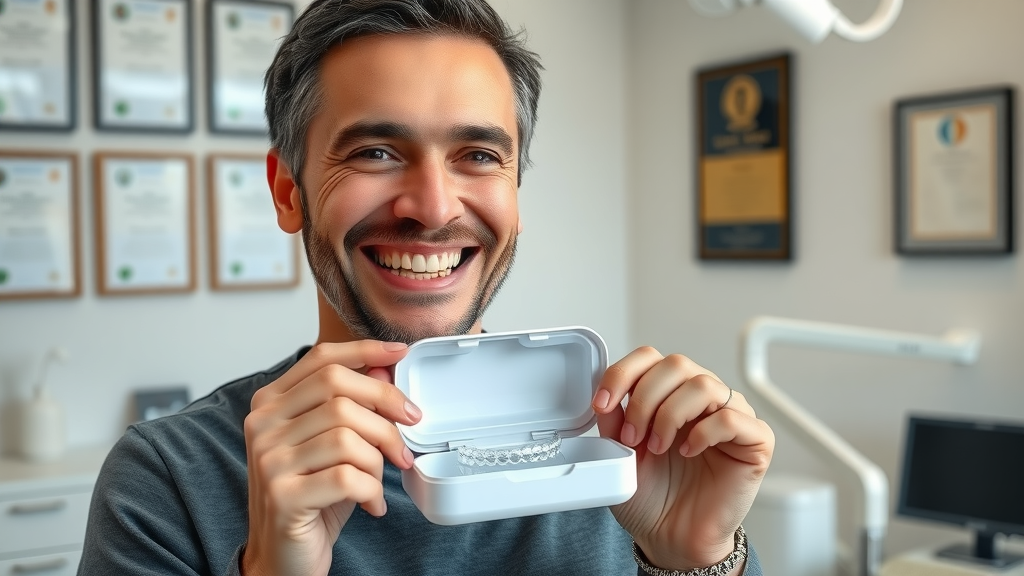
When Is Traditional Braces the Preferred Treatment for Adult Complex Cases?
While Invisalign is a robust choice for a wide range of cases, traditional braces remain the gold standard for complicated scenarios that demand maximum force, multi-plane tooth movement, or correction alongside jaw surgery. These include extreme skeletal discrepancies, impacted teeth requiring repositioning, and multi-stage interventions.
Yet, what was once considered “too complex for Invisalign” is becoming less common as software, materials, and orthodontist training evolve. Candidacy for clear aligners should always be determined by a thorough assessment and honest discussion between the patient and a knowledgeable provider.
Common Questions: People Also Ask
Can Invisalign fix complex cases?
Invisalign can often correct complex cases involving severe crowding, multiple bite issues, and missing teeth—provided the treating orthodontist is experienced and uses the latest protocols, attachments, and monitoring techniques. However, extremely severe cases may still need traditional braces or a combination approach.
Can Invisalign be used for severe cases?
Yes, many severe cases that previously required traditional braces are now treatable with Invisalign, particularly when advanced attachments or elastics are used. Nonetheless, the level of severity, jaw involvement, and other oral health factors ultimately determine eligibility and outcome.
In what cases will Invisalign not work?
Invisalign is not suitable when significant jaw surgery is needed, teeth are impacted, or extensive vertical movements are required. Other limiting factors can include poor compliance, ongoing untreated gum disease, or cases needing direct skeletal realignment.
What is considered a complex case for Invisalign?
Complex cases for Invisalign include severe bite discrepancies (overbite, crossbite), extreme crowding or spacing, multiple missing teeth, and shifts due to prior extractions or trauma. Each requires custom planning and sometimes additional orthodontic appliances.
Key Takeaways: Is Invisalign Effective for Adult Complex Cases?
Invisalign is an effective treatment option for many complex orthodontic cases in adults.
Traditional braces may be recommended for the most severe or surgical cases.
Success depends on the patient’s unique dental issue, compliance, and provider expertise.
Continuous advancements mean more adults qualify for Invisalign than ever before.
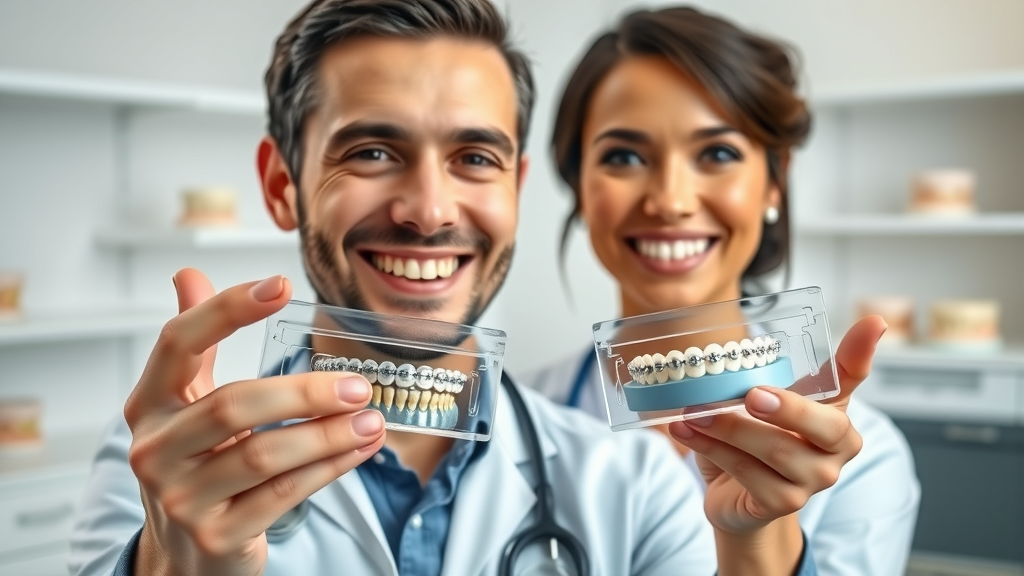
Frequently Asked Questions About Invisalign and Complex Orthodontic Cases
How long does Invisalign treatment take for complex orthodontic cases?
Treatment time varies significantly but generally ranges from 18 to 36 months for complex cases. Close adherence to aligner wear and custom refinements can influence the duration.Are there alternative clear aligners for complex adult cases?
Yes, several alternative clear aligner brands exist, but not all are suited for severe cases. Consult your orthodontist to match your needs with the right solution.Does insurance cover Invisalign for severe orthodontic issues?
Orthodontic coverage varies, but many dental insurances will support Invisalign if the case is severe and medically necessary. Always verify coverage before starting treatment.What is the success rate of Invisalign in treating complex cases?
Success rates are high—often above 80–90% for appropriately chosen cases, especially when treated by trained orthodontists using up-to-date protocols.Can adults with bite issues get good results from Invisalign?
Adult patients with bite issues can achieve excellent outcomes with Invisalign if their case falls within the treatable range and they follow all instructions carefully.
Conclusion: Making an Informed Choice About Your Adult Orthodontic Care
Is Invisalign Effective for Adult Patients with Complex Cases? Final Thoughts
Invisalign has become a transformative option for many adults with complex orthodontic cases. With careful planning, technological advancements, and expert care, it delivers life-changing results for a wider range of patients than ever before. Your smile potential is no longer limited by orthodontic history alone.
Take Action: Stay Updated and Empowered About Your Smile
Your smile is worth it — and staying informed is the first step. Join hundreds of locals already following Grand Strand Smile Spotlight for updates, advice, and trusted care insights.
Invisalign has evolved to effectively address a range of complex orthodontic issues in adults, including severe crowding, bite misalignments, and malocclusions. Advancements such as SmartForce® attachments and precision aligner designs have enhanced its capability to manage intricate tooth movements. (clementeorthodontics.com)
However, certain severe cases, like significant jaw misalignments or extreme tooth rotations, may still necessitate traditional braces or a combination of treatments to achieve optimal results. (watertowndentalhealth.com)
Ultimately, the effectiveness of Invisalign for complex cases depends on individual patient factors and the expertise of the orthodontist. A thorough consultation is essential to determine the most appropriate treatment plan. (bountifulortho.com)
 Add Row
Add Row  Add
Add 

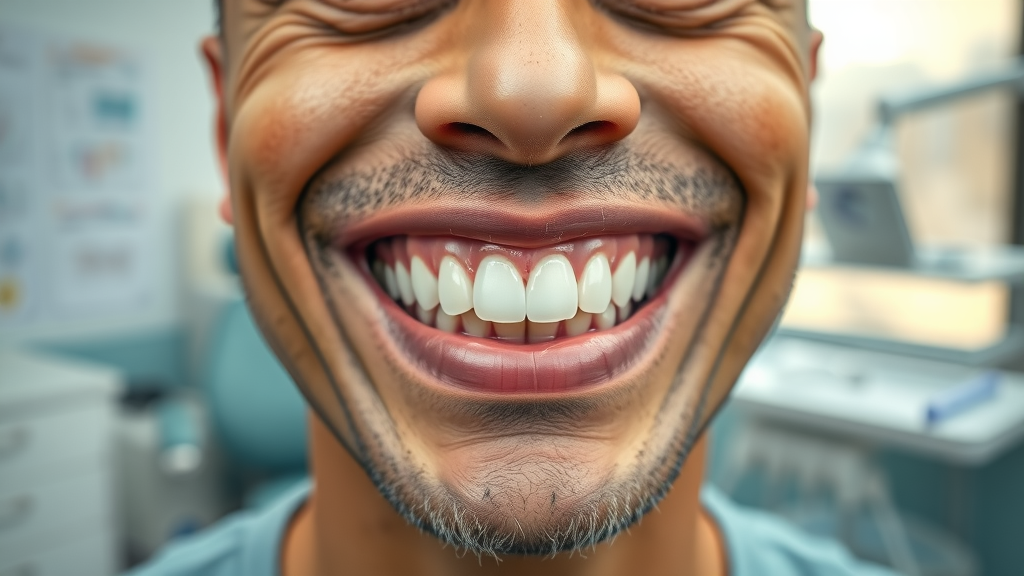
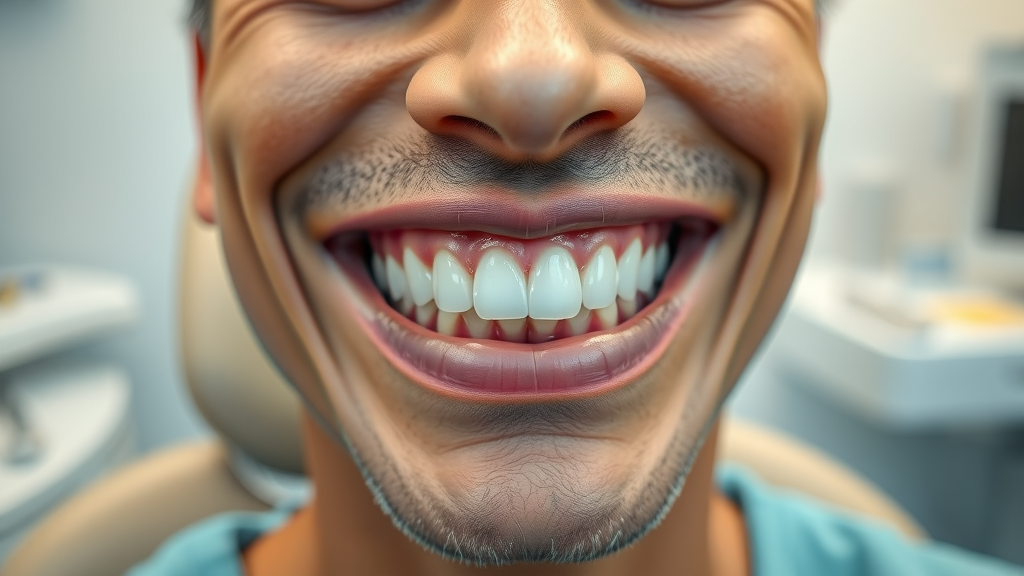

Write A Comment